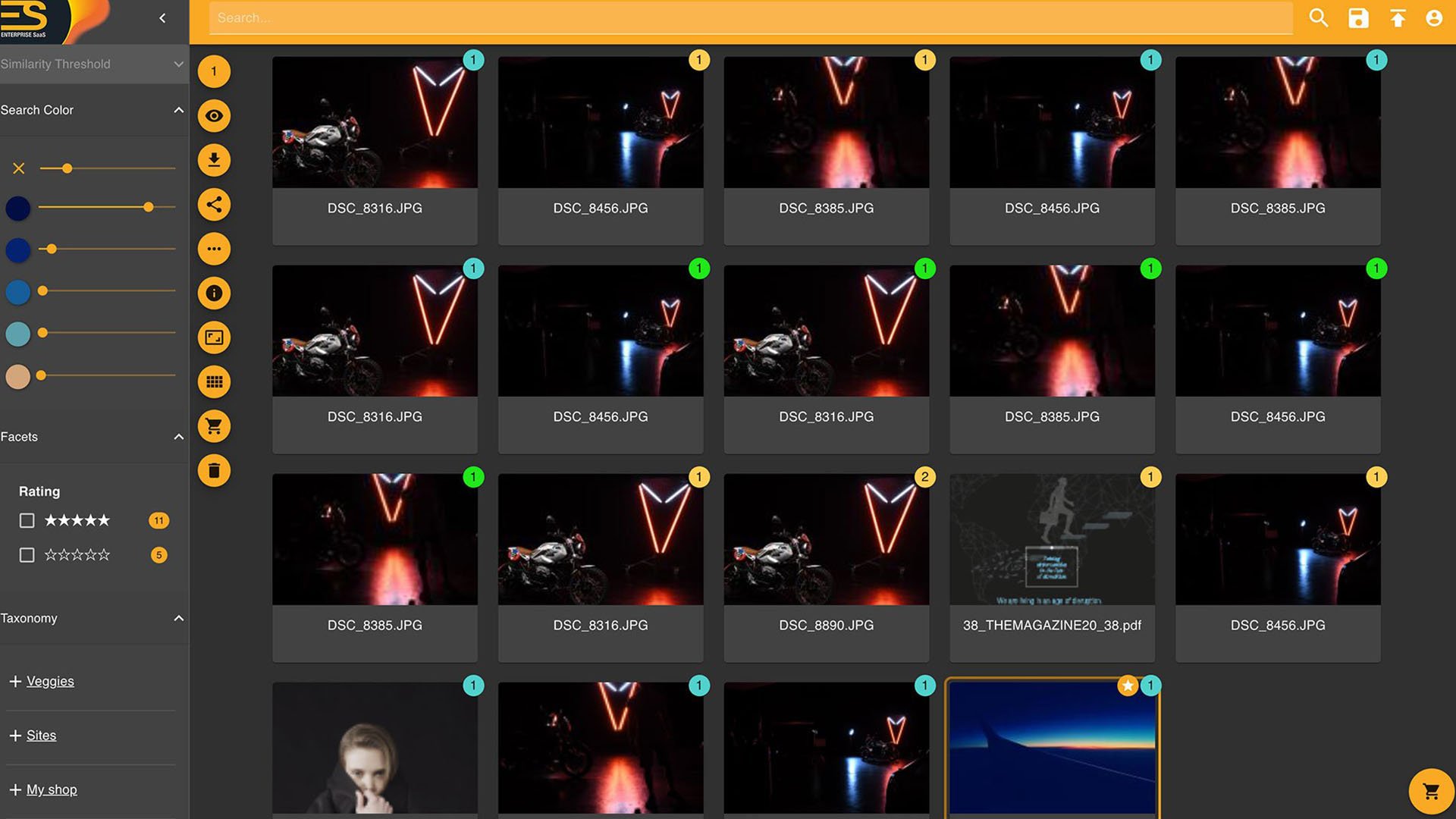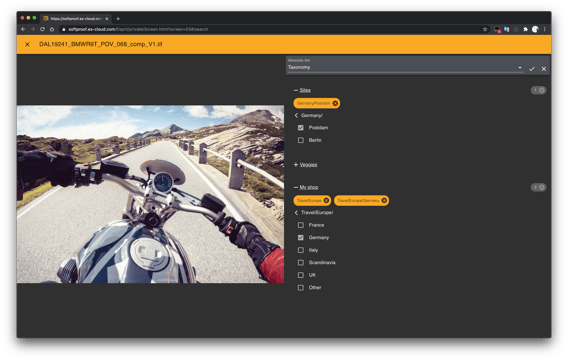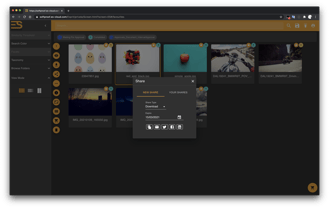
How can Digital Asset Management help you on World Backup Day?
Today is “World Backup Day,” which is best celebrated by backing up all of your data and visual assets! This date is meant to let us all know about the increasing role of visual assets in our lives and the importance of regular backups.
Why March 31? The date was chosen symbolically to save the most important visual content before the approaching April 1 - and April Fool’s Day. World Backup Day is an excellent occasion to take a critical look at your content management, which applies to private individuals and companies.
The question that automatically arises is where you should I store all of my visual assets?
To answer this question, we would like to explain the term Digital Asset Management (DAM).
In the following article you will discover:
What is a Digital Asset Management System?
Why do I need a Digital Asset Management System?
What is the business case for a Digital Asset Management System?

What is a Digital Asset Management System?
A Digital Asset Management (DAM) system is a central place to store, organize, manage, access and share your digital assets—all the digital files you own, typically from photos to videos, even to Excel spreadsheets. It offers your digital partners the ability to search and retrieve this content in a secure environment quickly and easily. At its simplest, a DAM is a set of searchable database records. Each asset contains metadata explaining the file’s name, its format, and information about its content and use. Metadata can be added manually or automatically by the DAM when new assets are stored.

A digital asset management solution makes sure that the right people get access to the right content at the right time, from anywhere in the world. Well used, a DAM assures that your messaging is consistent and makes all this content immediately available, allowing content creators more time to do what they do best: be creative.
Why do I need a Digital Asset Management System?
How many times do you find yourself spending too much time looking for some content? For example, if someone asked you for the ad with the image of the giraffe and the address of your New Zealand office, would you know where to look?
"It’s easy with a DAM."
At its most basic use, a DAM stores and helps you quickly search for any piece of content—from images to video to online to even business documents. But, it goes far beyond that. A good DAM also offers a secure system to allow everyone involved in a project to review, comment and approve content. It also provides essential metadata that describes that content. When did you last use it? Who owns the rights? How much is the content worth? The available information is endless.
What is the business case for Digital Asset Management?
A Digital Asset Management system makes critical sense for an organization.
Let’s start with the efficiency of time. If it takes your team an inordinate amount of time to search for and locate content, it will make them less effective and deadlines almost impossible to meet. In a world where literally hours can define a product launch’s success, mishandling content can mean failure.
Then there’s the process. Most uses of content require the reviews and approval of a project team. If you cannot manage that process, rely on a manual email system—or worse, sharing physical pages—two things will happen. First, the project is going to be significantly delayed. Second, there will inevitably be errors caused by missing or misinterpreting— team responses. And, there are versions. How do you know you are looking at or using the most recent version. It’s what we call the single source of truth.A centralized DAM, paired with an automated workflow, can streamline approval processes and make marketing effort more efficient.
And there is the metadata. When you look at a piece of content—say, an image—what do you know about it? Who created it? Who owns the rights? When was it last used? Where? An effective DAM collects embedded rights that travel with the asset, understand the use, and can control use. In a world where everyone can contest the use of any content, a DAM is imperative.



